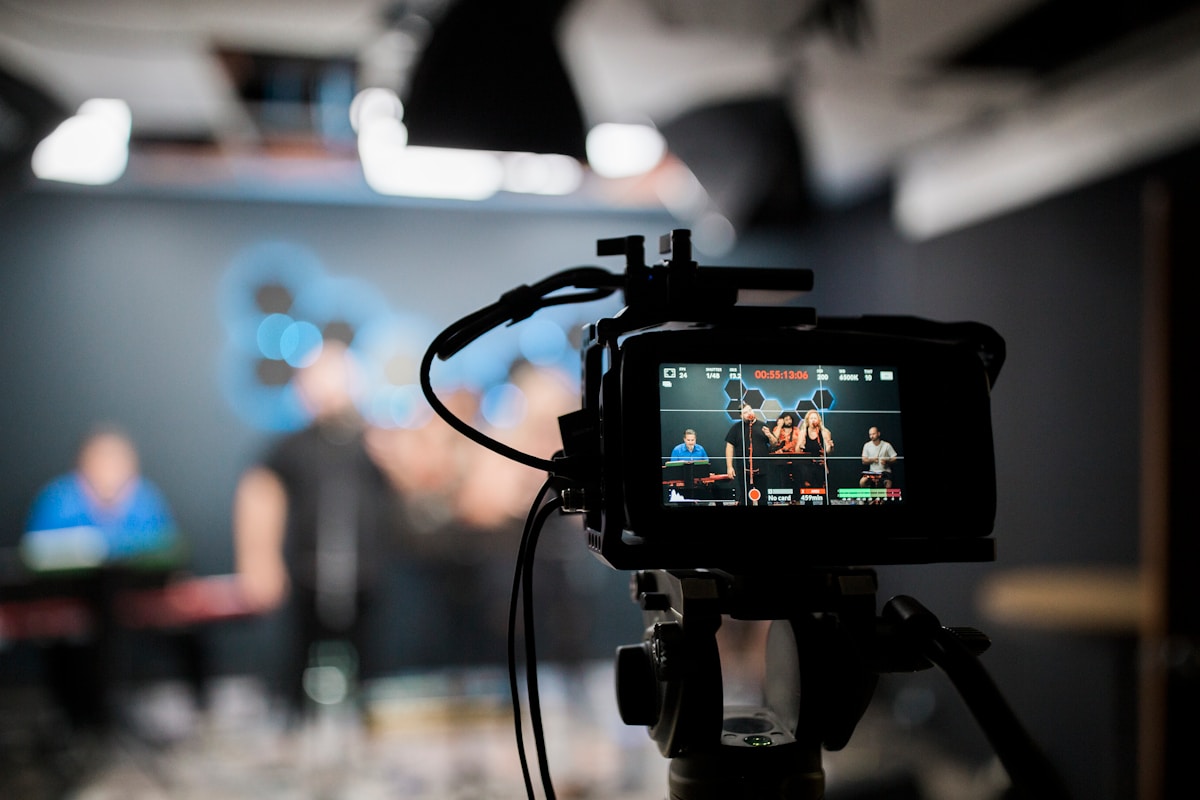Young Female Twitter Star Turns Out To Be A 50-Year-Old Man Using Deepfakes

How confident are you that the social media influencers you follow are actually real? Image credit: Dragon Images/Shutterstock.com
Deepfakes are rapidly changing the Internet. It was only last week that a US woman was arrested for using deepfaked images to harass and threaten her daughter's high-school cheerleading rivals, while others are using it to more hilarious ends, such as replacing Marvel characters with Star Wars actors. Regardless of their intent, impressive deepfake apps are making it harder and harder to tell the wood from the trees when browsing the web. Speaking of which – how confident are you that the social media influencers you follow are actually real? In a twist that has gone viral this weekend, a popular Japanese Twitter user by the name of @azusagakuyuki has revealed that instead of being a young woman, they are actually a 50-year-old man using deepfakeS to completely change their image.

Zonggu, the man behind the mask, is an avid biker, dedicating his channel to everything about the world of motorcycles. However, when he first started his channel, Zonggu noticed that no matter how good his content, people did not watch. He averaged a few likes per video and could not get the momentum he wished for his platform. "No-one will read what a normal middle-aged man, taking care of his motorcycle and taking pictures outside, posts on his account," he said, appearing on the Japanese variety TV program Getsuyou Kara Yofukashi (Monday Late Show). So, Zonggu began experimenting with face-changing apps. Apps such as FaceApp, Reface and more can alter images in a variety of different ways, from making the person years younger, to making them more conventionally attractive. With many using impressive AI, the finished product is usually almost impossible to tell apart from a non-doctored image for the average user.
After seeing that he made a surprisingly attractive young woman, Zonggu apparently became hooked. "First I just tried, then it happened to turn out to be fairly pretty. I get as many as 1,000 'likes' now, though it was usually below 10 before," he said, reports BBC News. "I got carried away gradually as I tried to make it cuter." The curtain fell after his Twitter alter ego was invited onto the popular news and talk show after some people had begun to suspect she may not be real. He even hinted at the reveal on his Twitter page before the show aired, urging people to watch it. Incredibly, that luscious mane of hair is all his. Revealing his identity to his now almost 25,000 followers, Zonggu went onto the show to let everyone know that the young woman was a ruse. Surprisingly, his fans took it well. He actually has more followers now than before the reveal.Zonggu now continues to post under the guise of a young woman, and even though many try to ruin his mojo, he continues to post in high spirits.
"Deep Fake" Videos Created By AI Just Got Even More Terrifying

Fake videos created by AI-assisted algorithms are already causing a stir. So-called “DeepFakes” have put other people’s words into the mouths of politicians and even superimposed celebrity faces onto the bodies of porn actresses.Now, researchers have developed a new approach that can make the videos even more convincing, which makes them all the more terrifying.Previously, this technique could only manipulate facial expressions. The results were pretty impressive, although not totally convincing. This new approach is the first successful attempt to transfer the full three-dimensional head position, head rotation, face expression, eye gaze, and eye blinking from a video of one face onto a video of another.
Building on their previous deep-learning algorithms, the new technique offers more realism and subtlety, picking up on fine details such as the slight flick of a head or the wiggle of a shoulder. The new results also show way less glitchy distortions, also known as artifacts, which can make most forgeries easy to spot. The videos are so seamless that their experiments showed that people were unable to detect any video manipulation at all. As far as they could tell, the videos were real.You can see the results for yourself in the video below. The new research from Stanford will be presented at the VR filmmaking conference SIGGRAPH later this summer.
The researchers believe that the technology could have some useful applications, such as post-production editing. For example, it could be used to superimpose the face of deceased actors into a new or unfinished film. It could also be used for dubbing, either in movies or for teleconferences.Nevertheless, the technology has raised its fair share of eyebrows. Politicians and computer scientists alike have also flagged up concerns that the tech could be abused to create the ultimate "fake news", with some even warning that the technology has the power to shape global politics.“Unfortunately, besides the many positive use cases, such technology can also be misused. Currently, the modified videos still exhibit many artifacts, which makes most forgeries easy to spot,” the researchers write. “It is hard to predict at what point in time such ‘fake’ videos will be indistinguishable from real content for our human eyes.”But before our civilization falls into a confusing mess of inauthenticity, check out these DeepFake videos of Nicolas Cage superimposed into numerous Hollywood movies: